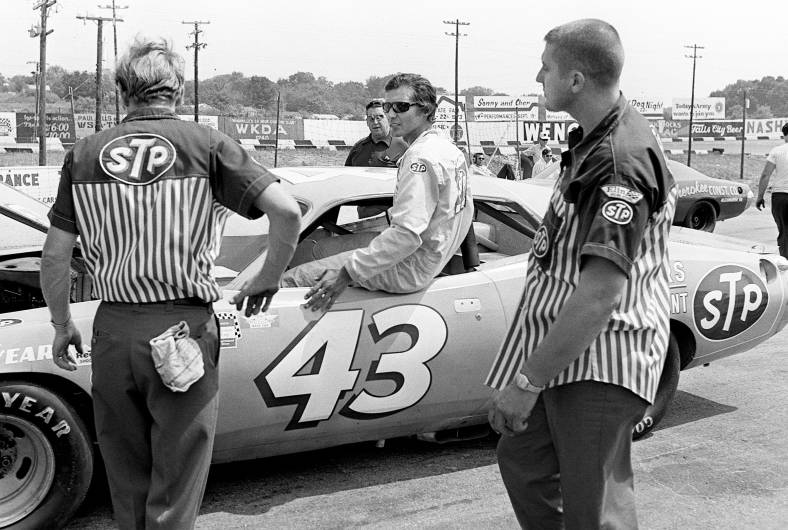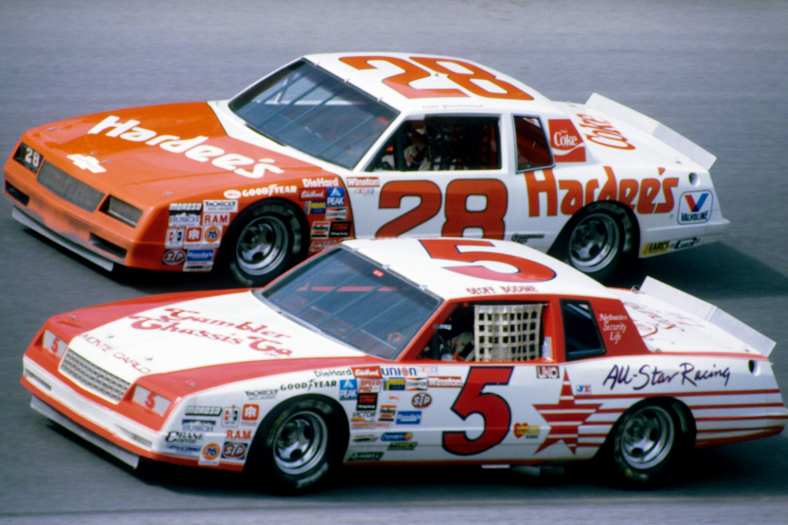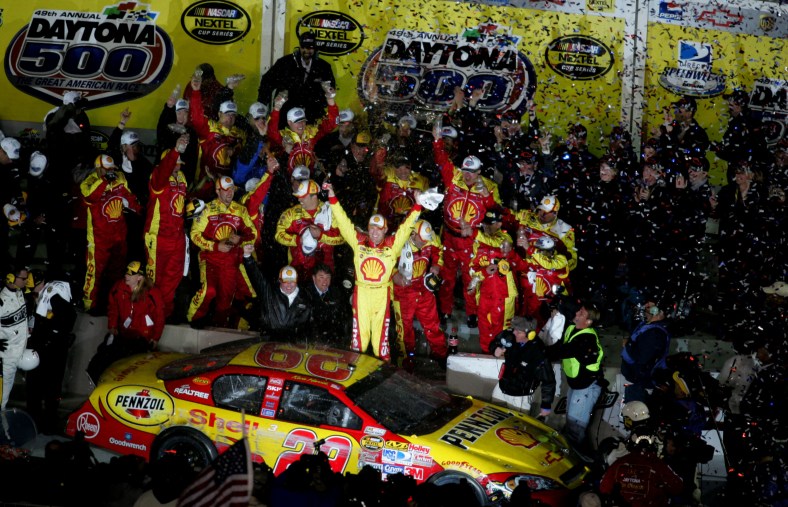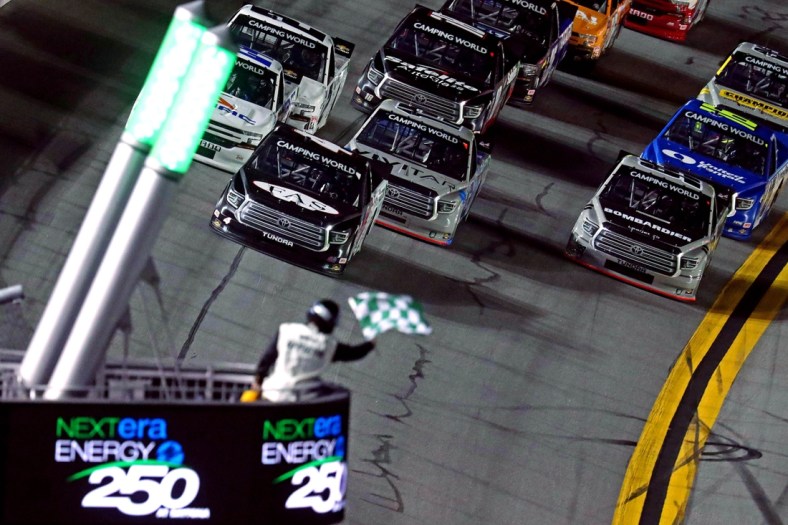
NASCAR has undergone many changes since its birth in 1948. To meet the fans’ demands, address safety issues, and balance the competition, the Cup Series has undergone many changes in its racing formats. Here’s a look at how NASCAR’s racing formats have transformed over the decades.
5. Strictly Stock to Grand National (1949–1971)

The Strictly Stock division of NASCAR began racing in 1949. The races at that time were basic sprints to the finish line, where the first car to cross the line was the winner. The cars used were stock cars to the extent that only minor modifications could be made for safety reasons. In 1950, NASCAR created the Grand National division that allowed for some modification and thus the development of purpose-built race cars.
By 1971, this division had evolved, indicating a move towards more professional, specialized racing vehicles. This evolution allowed NASCAR to transform from a regional series to a national sport, setting the foundation for the company that operates today.
Also Read: NASCAR standings: NASCAR Cup Series points leaders 2024, Xfinity standings, NASCAR playoff picture
4. The Winston Cup Era (1972–2003)

The Winston Cup Era was to be a turning point in the history of NASCAR. It started when the R.J. Reynolds Tobacco Company decided the join the series as the title sponsor. Thus changing the name of the series from the Grand National Series to the Winston Cup Series. This period saw the first substantial modification of the points system. It now was based on the overall performance in the season rather than the number of victories. The 500-mile races became the norm and the addition of new circuits enriched the calendar.
It was also the period when NASCAR gained popularity, with famous drivers such as Richard Petty and Dale Earnhardt, and the enhancement of safety features. The series was all about consistency throughout the season. Competitors have to race for the championship rather than for specific race victories. The era came to a close in 2003 when Nextel became the sponsor of the series.
Related: 7 most dramatic changes in NASCAR rules of all-time
3. Chase for the Cup (2004–2013)

NASCAR changed the racing format in 2004 when it introduced the ‘Chase for the Cup.’ They wanted to intensify competition in the final races of the season. The Chase was the last 10 races of the year in which the top 10 drivers (later increased to 12) in points after the first 26 races raced for the championship.
This meant that it reset the points for these drivers to give the season a playoff feel. Consequently, the last few races were more exciting. This era had lots of rivalries and tactical racing, and Kurt Busch won the first Chase in 2004. Altogether, the system aimed to enhance excitement and viewer engagement.
Also Read: NASCAR rumors: Young driver emerges as candidate to replace Corey LaJoie in No. 7 car in 2025
2. The Playoffs Era (2014-Present)

In 2014, NASCAR changed the Chase structure to a more complex elimination-style playoff system. The NASCAR Playoffs Era brought a new and more fierce format to the final races of the season in order to add more thrill to the competition. This format increased the number of drivers eligible for the playoffs to 16. Also, the system split the last 10 races into four rounds. It now has a more dynamic playoff structure, consisting of four rounds. The Round of 16, Round of 12, Round of 8, and the Championship 4.
In every round, drivers have to either win or score a certain number of points to advance to the next round, and after each round four drivers are eliminated. Therefore only four are left to fight for the championship in the last race. The format is based on the ‘win and you’re in’ model. It means a race victory during the regular season automatically secures a spot in the playoffs which increases the pressure and drama during the season.
The season finale is a winner-take-all event for the top four drivers, which creates a more intense and exciting climax for the viewers.
Related: 6 Best NASCAR pit stop strategies of all time, including the no pit gamble
1. Stage Racing (2017-Present)

NASCAR changed the race format with Stage Racing in 2017. Among the several changes made, this one aimed to make races more entertaining and enhance viewership. This format divides each race into three stages, with the length of each stage depending on the circuit. The first two stages give points to the first ten riders, with the first rider of the stage getting an extra playoff point. These playoff points are then used in the playoffs and give an extra level of strategy to the games.
The last stage defines the winner of the race, who gets 40 points and a direct ticket to the playoffs. This format focuses on the steady pace throughout the race and makes every lap crucial. This format aimed to promote early overtaking and gusty racing rather than a battle for the top position at the end of the race. Fans claim it has brought more thrill to the races.
The end of each stage also provided built-in caution periods, which made the strategy for the teams more interesting. It was designed to produce more exciting moments, with championship battles taking place every round of the season, thus making the overall racing season more interesting.